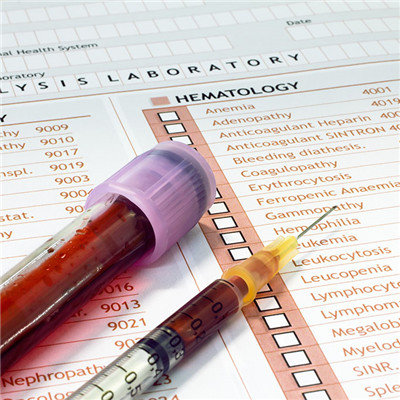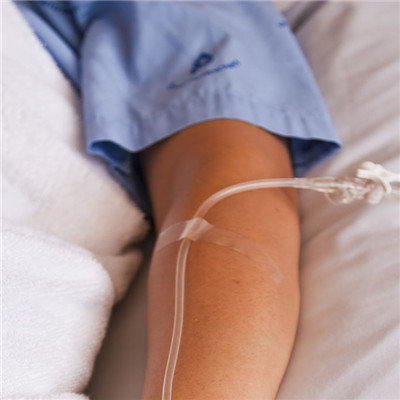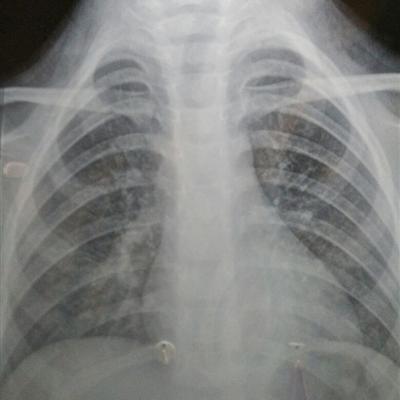What are the symptoms of aplastic anemia?
summary
Aplastic anemia, referred to as aplastic anemia, is a group of bone marrow hematopoietic failure syndrome caused by a variety of causes. It is characterized by decreased proliferation of bone marrow hematopoietic cells and peripheral blood pancytopenia. Anemia, bleeding and infection are the main clinical manifestations. The exact cause of aplastic anemia is not clear. The pathogenesis of aplastic anemia may be related to chemical drugs, radiation, virus infection and genetic factors. Aplastic anemia mainly occurs in young adults. There are two peaks of aplastic anemia, that is, the age group of 15-25 years old and the elderly group of over 60 years old. The incidence rate of male is slightly higher than that of female. According to the severity and clinical progress of bone marrow failure, it can be divided into severe and non severe aplastic anemia, acute and chronic aplastic anemia. What are the symptoms of aplastic anemia? Let's talk about it
What are the symptoms of aplastic anemia?
Acute onset, rapid progress, often with bleeding and infection fever and the main performance. Anemia is often not obvious at the beginning of the disease, but with the development of the disease, it shows progressive progress. Almost all of them had bleeding tendency, more than 60% of them had visceral bleeding,

The main manifestations were gastrointestinal hemorrhage, hematuria, fundus hemorrhage (often accompanied by visual impairment) and intracranial hemorrhage. The bleeding of skin and mucous membrane is extensive and serious, and it is not easy to control. During the course of the disease, almost all patients had fever, which was caused by infection. Necrotic ulcer often occurred in oropharynx and around anus, leading to sepsis. Pneumonia is also common. Infection and bleeding cause and effect each other, making the condition worse.

The onset of the disease was slow, with anemia as the first and main manifestation; Most of the bleeding was limited to the skin and mucosa, and was not serious; It can be complicated with infection, but it is easy to control. If the treatment is appropriate and persistent, many patients can get long-term remission and even recovery, but some patients can not recover for many years, or even the course of disease can be as long as decades, and a few of them will progress to severe or very severe aplastic anemia in the later stage.

matters needing attention
It includes two parts: supportive treatment and targeted treatment. The purpose of supportive treatment is to prevent and treat the complications related to hemocytopenia; The target treatment is to supplement and replace the extremely reduced and damaged hematopoietic stem cells, such as allogeneic hematopoietic stem cell transplantation or immunosuppressive therapy. Intensive immunosuppressive therapy is the first choice for severe aplastic anemia patients aged 40 years without HLA matched sibling donors. Non severe aplastic anemia can be treated with androgen and cyclosporine.













